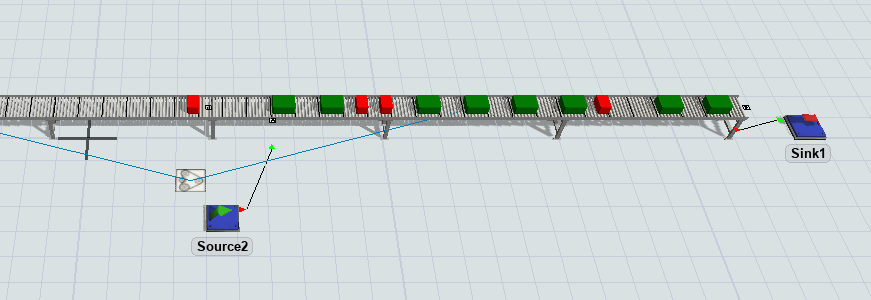I am modeling a bomb-bay sorter, sort of like a tilt tray except the bottom drops out. Power and free works well for this. The one challenge I have is that the sorter can handle larger items that require 2 carriers. The "large items get even dogs" catch dog code almost works for this, except that
1. A large item can't get an even dog if there is already an item on the next (odd) dog
2. Once a large item is on an even dog, no item can get on the next (odd) dog
To do this I need a way to see whether or not the dog ahead of or behind the current dog is occupied -- or more generally to see the status of any dog at any time. Is there a way to do this directly, without writing lots of code to track every dog all the time?

